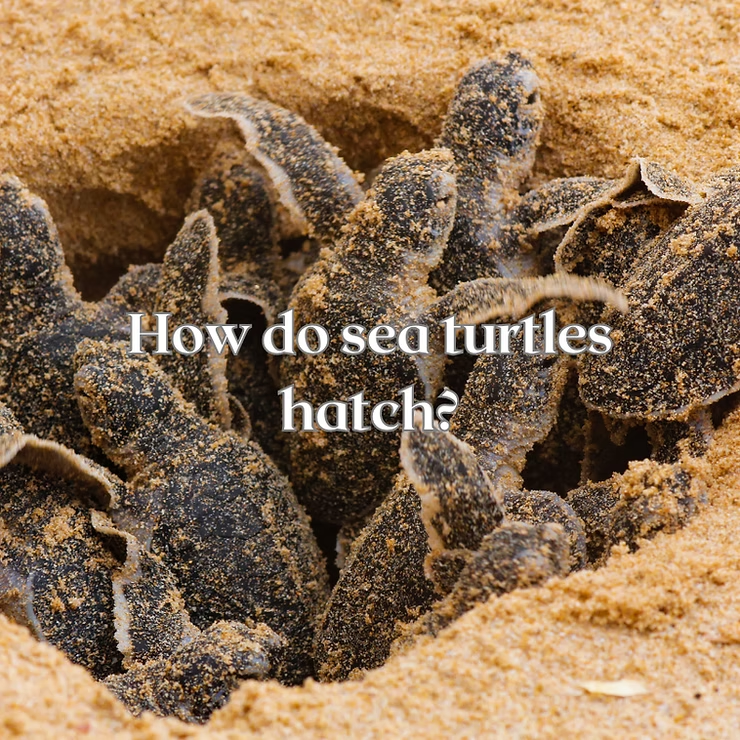The Incredible Journey of Sea Turtle Hatchlings
Choosing the Perfect Nesting Spot
Female sea turtles carefully select sandy, quiet beaches with easy ocean access to lay their eggs. Using their flippers, they dig a nest, deposit 50–200 eggs per clutch, and cover them with sand for protection. Remarkably, turtles return to the same beaches where they were born, guided by magnetic cues.
The Incubation Period
Eggs incubate in warm sand for 45–70 days, depending on species and environmental conditions. Temperature determines hatchling sex—warmer sand produces more females, cooler sand more males. Nests must remain undisturbed to ensure successful hatching, highlighting the importance of conservation efforts.
Breaking Free from the Egg
Hatchlings use their sharp beaks to crack open shells and emerge. Once free, they navigate through sand, propelled by instinct and flippers, facing predators such as birds and crabs along the way. Speed and group movement increase survival chances.
The Race to the Ocean
Hatchlings crawl toward the ocean, guided by moonlight reflecting on the water. The journey is treacherous, with obstacles like vegetation, dunes, and predators. Only a small percentage survive to reach the ocean. Their instincts, agility, and resilience are crucial for survival.
Predators and Threats
Birds, ghost crabs, and fish prey on hatchlings, while human activities such as coastal development, pollution, and climate change pose additional risks. Conservation programs help mitigate these threats by protecting nests and educating communities.
Conservation and Community Efforts
Protecting nests involves monitoring, marking, and sometimes relocating them to safe areas. Communities can support conservation through beach clean-ups, volunteering, and educational programs. Awareness campaigns help reduce human-induced threats and increase hatchling survival rates.
Celebrating New Life: Sea Turtle Releases
Once hatchlings are ready, organized release events allow them to safely reach the ocean. These events not only protect the turtles but also raise public awareness and foster community engagement in conservation efforts.
Conclusion
Sea turtles face incredible challenges from the moment their eggs are laid until they reach the ocean. Their survival relies on natural instincts and human-led conservation efforts. By protecting nesting sites, reducing pollution, and supporting awareness programs, we can help ensure future generations of these remarkable creatures thrive in the wild.
Frequently Asked Questions
- How do sea turtles choose nesting spots? They select sandy, quiet beaches with favorable temperature and texture.
- How many eggs are laid? Depending on the species, 50–200 eggs per clutch.
- Incubation period? 45–70 days, influenced by temperature and environmental conditions.
- Do hatchlings have predators? Yes; birds, crabs, fish, and human threats.
- Time to reach the ocean? Minutes to a few hours, depending on obstacles and beach conditions.
- Why protect nests? To increase hatchling survival and support species conservation.
- How to help? Reduce plastic, support conservation groups, volunteer, and participate in beach clean-ups.
- When are releases held? During nesting season; consult local conservation organizations for dates.

